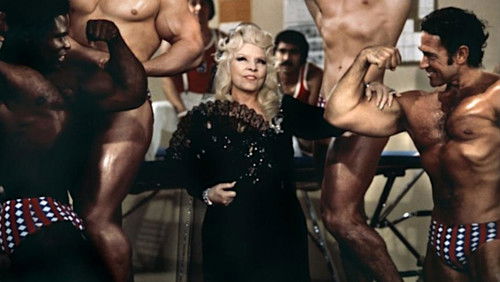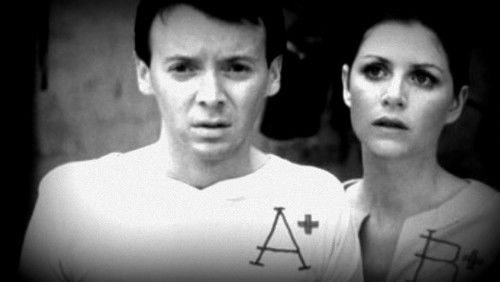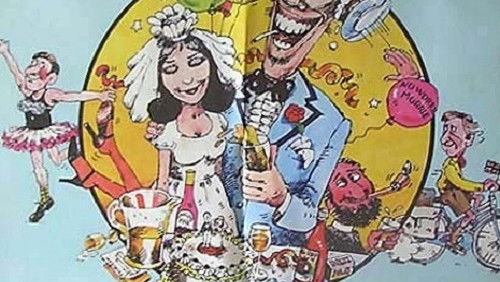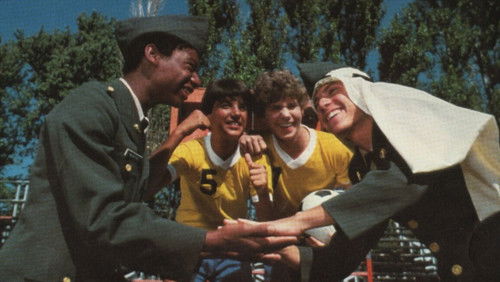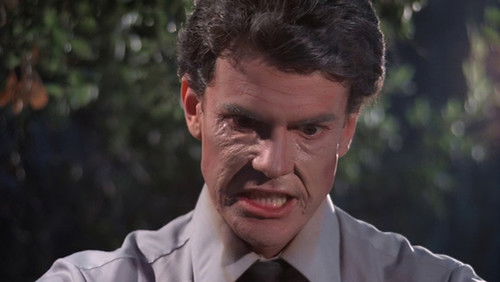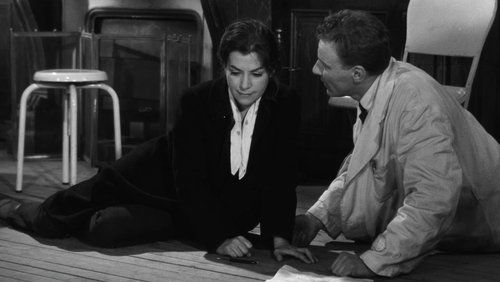The Show (1927)
32KThe Show (1927). 1h 16m | Passed
“Leapinu0026#39; lizards! If youu0026#39;re a fan of director Tod Browningu0026#39;s work, youu0026#39;ll probably like this film, though itu0026#39;s probably not his very best. There are several dark moments, some camp, and nice performances from John Gilbert, Lionel Barrymore, and Renée Adorée, who are involved in a love triangle. Gilbert is a carnival barker at a freak show, ladiesu0026#39; man, and general rake. Adorée is a performer who shimmies about u0026#39;exoticallyu0026#39; in an act as Salome, one that is complete with a beheading. Barrymore is a crook who is with Adorée, and resents her continued attraction to Gilbert, who she once dated.u003cbr/u003eu003cbr/u003eThis almost felt like two movies to me, but there is a thread of deception, of putting on u0026#39;a showu0026#39; that runs throughout. The first half has Gilbert conning people into thinking theyu0026#39;re seeing all sorts of oddities, e.g. Arachnida, a u0026#39;spiderwomanu0026#39;, which is simply a womanu0026#39;s head emerging through a curtain into a costume of a spider and in the middle of a web. He also puts on the Salome act with Adorée, and Browning cleverly shows how the beheading trick is done. Gilbert is also putting on act with a country girl in town with her father to sell some sheep; he woos her but is only interested in her money. There is real darkness in the performances, particularly in the first half. Lionel Barrymore is a cold-blooded killer, casting some truly ominous looks, and I donu0026#39;t think Iu0026#39;ve ever seen John Gilbert as evil as the moment he almost beats Adorée for spoiling his plans.u003cbr/u003eu003cbr/u003eThe film loses a bit of its momentum in the second half, when Gilbert is on the run and hides out at Adoréeu0026#39;s place. Once there he also has to hide out from her blind father, and in a touching moment, finds out that Adorée has been tricking the old man into believing his son is doing well and getting promotions by reading him fake letters, when in reality heu0026#39;s on death row at the prison across the street. There are many deceptions here, but itu0026#39;s only when Gilbert moments of authenticity that heu0026#39;s transformed. Just compare his reaction to hearing that his u0026quot;butterballu0026#39;su0026quot; father has been murdered in the first part, to his reaction to Adoréeu0026#39;s father dying in the second. There is a mirror here between the two halves, and even if itu0026#39;s a little clumsily executed, the message comes through.u003cbr/u003eu003cbr/u003eOh, and you have to love the camp in some of these old films. Attempting murder via poisonous lizard is yet another variation of an interesting trope from Browning and the period – see u0026#39;He Who Gets Slappedu0026#39; (1924) and u0026#39;Where East is Eastu0026#39; (1929). Those films are both probably a teeny bit better than this one, but itu0026#39;s entertaining enough to see.”
